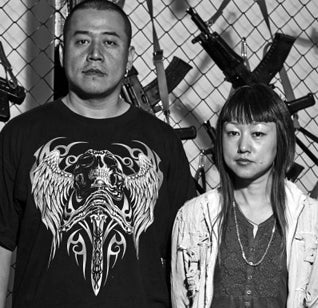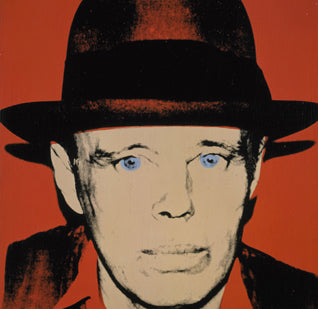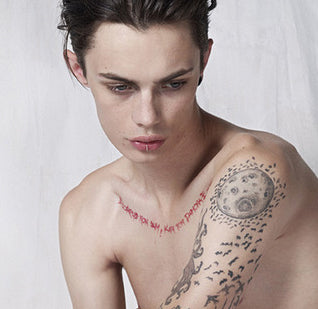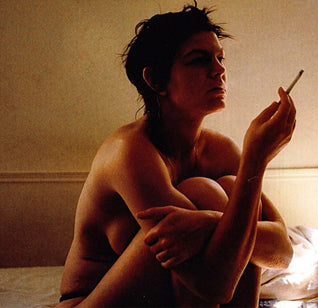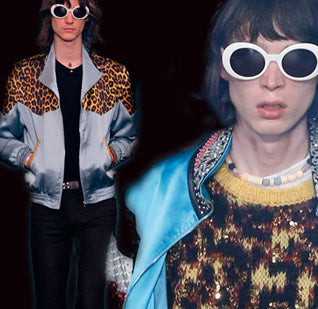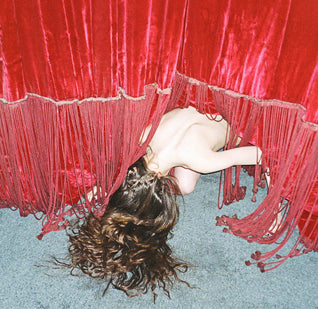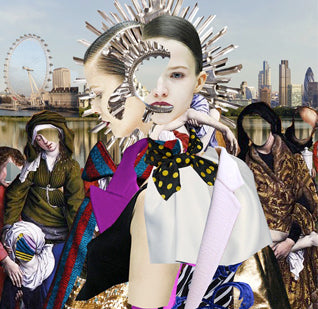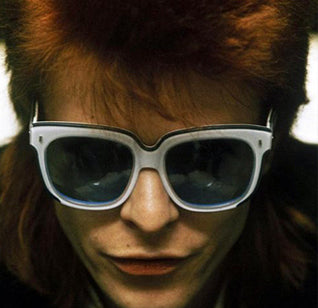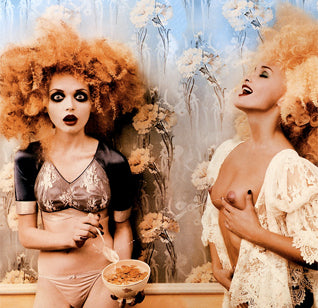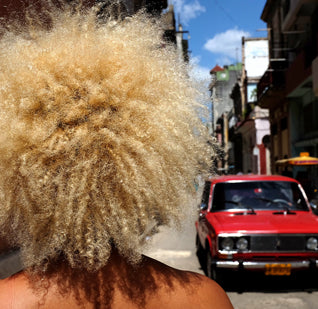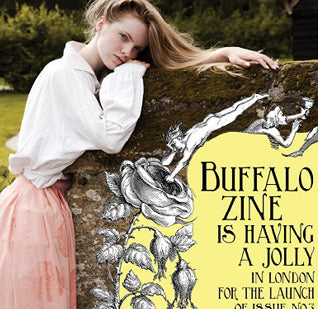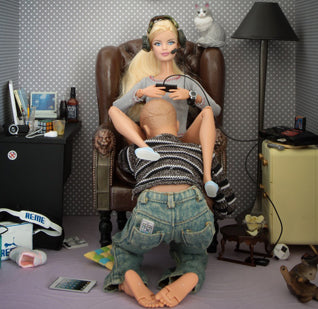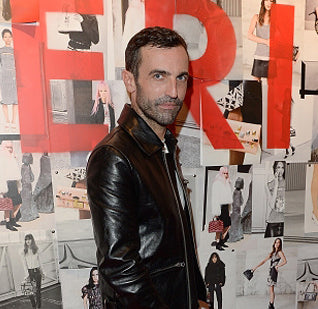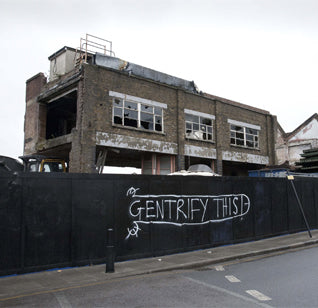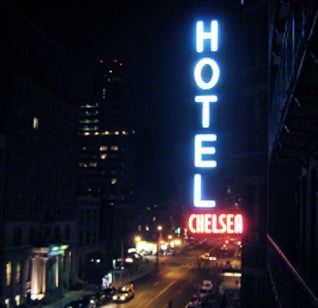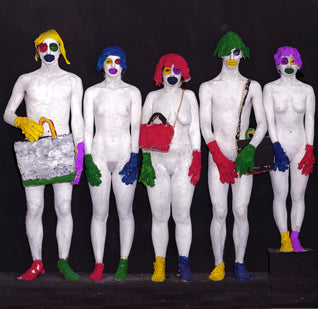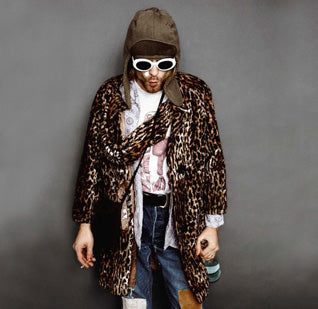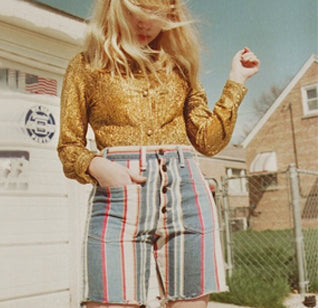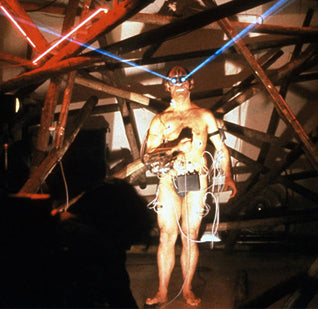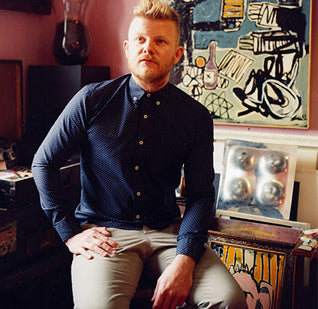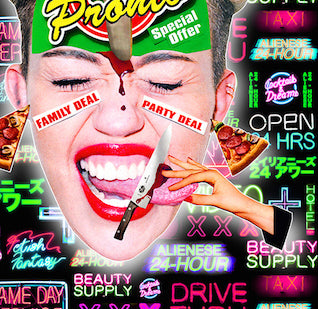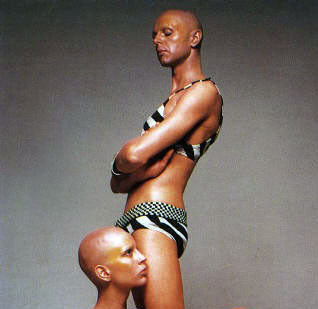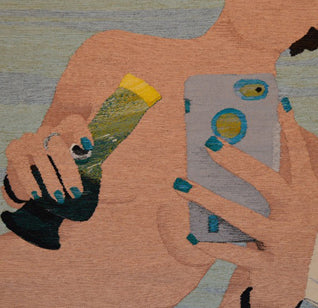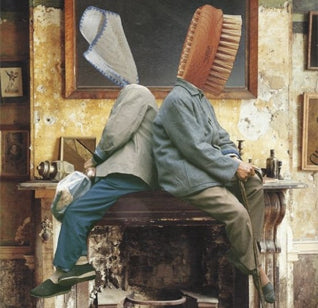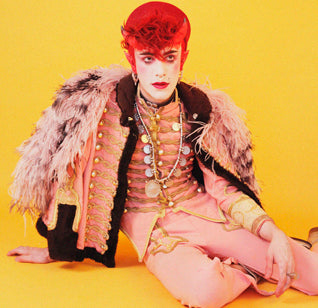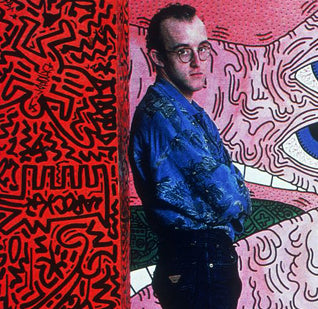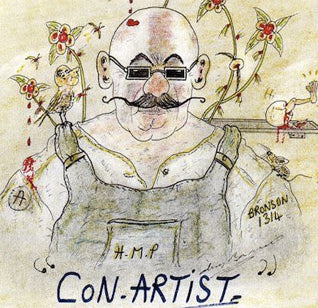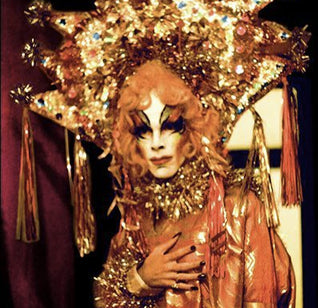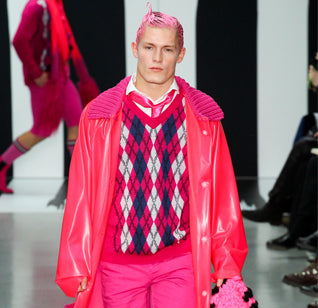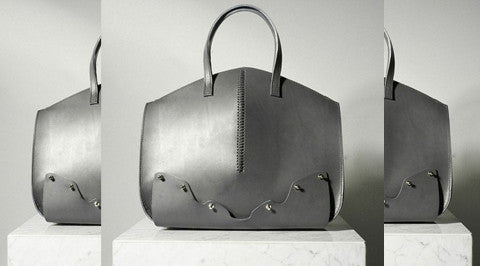BLACK COWBOYS
Film and fashion has forgotten the real history of the Wild West
by Ann Binlot
Billy the Kid, Jesse James, Wyatt Earp — there’s no doubt that the names of the most famous cowboys remain in the collective cultural memory of the United States. But do the names of their black counterparts — Nat Love, Isom Dart and Bill Pickett— ring any bells? Probably not. Films like ‘Django Unchained’ and ‘Unforgiven’ may serve as a reminder that black cowboys once existed, but with all the recent portrayals of cowboys in pop culture, specifically in fashion and film, we wonder: where did all the black cowboys go?
In the late 1800s, Nat Love, who drove cattle and horses along the west, survived being captured by Native Americans and even met Jesse James and Billy the Kid; Isom Dart was one of the premier riders and ropers of the time; and Bill Pickett was probably the most famous black rodeo rider, even inventing a riding technique called bulldogging. However their names are not nearly as well-known as their white counterparts.

“There’s this argument that we truly became a country when we ventured into the west and the cowboy becomes that iconic image of the west,” says Mike Searles, Professor of History at Augusta State University in Augusta Georgia, who goes by the moniker Cowboy Mike. “For many people, there was no room for black cowboys in that image. It would be the white cowboy that was the image of what America was and how it developed.”
Hollywood loved spotlighting that image of the white cowboy, but despite the lack of black cowboys portrayed in pop culture, they did exist. According to Tricia Martineau Wagner in her book ‘Black Cowboys of the Old West’, they made up a quarter of all wranglers and rodeo riders. Following the Civil War a number of freed slaves were drawn to the cowboy life because there was significantly less racism than in other fields. They herded cattle on ranches in Texas and also had jobs breaking horses or working as cooks. However, few ever made it to the higher positions of foremen or trail bosses, and it was extremely difficult to save money to buy their own cattle — or find anybody who was willing to sell cattle to them.
"Hollywood loved spotlighting that image of the white cowboy, but despite the lack of black cowboys portrayed in pop culture, they did exist"
‘Django Unchained’ — the Quentin Tarantino film where Jamie Foxx played a freed-slaved-turned-bounty-hunter— may have placed black cowboys in the spotlight once again, yet it received much criticism. Donald Trump Tweeted that it was “the most racist movie” that he had ever seen, while Spike Lee boycotted the film because it was “disrespectful to my ancestors.” So why has fashion and Hollywood neglected to give them their rightful place in history?
Sharon Davis, who did the costume design for ‘Django Unchained’ failed to name the wardrobe of the most famous black cowboys like Love, Dart and Pickett as influences in dressing Foxx’s character; instead she looked primarily to Hollywood’s depictions of white cowboys. She referenced Spaghetti Westerns, the nickname given to Western films produced by Europeans, and sourced hats from the same hat makers used in the old ‘70s television series ‘Bonanza,’ which Tarantino invited her over to watch.

On the runways, little credit is similarly given to black cowboys. Most approach their cowboy-inspired collections in a general sense, sometimes even infusing another style into it, as Thakoon Panichgul did for his spring 2012 Bollywood Western collection.
Isabel Marant put her relaxed cool aesthetic on to embroidered shirts, dresses and embellished denim jackets for her fall 2012 collection. Ralph Lauren, who has reinterpreted cowboy style many times, used silver beading, buckles and fringe in his spring 2010 collection. And N. Hoolywood placed bandanas, cowboy hats and vests on its spring 2014 runway, in a move inspired by the silent Hollywood Westerns of yesteryear, in particular the white actor William Hart.
But, out of all these runway collections, only two — Isabel Marant and Ralph Lauren — included black models on the runway. While the lack of diversity on runways is nothing new in fashion, this proves that in the mind’s eye of fashion designers and casting directors, cowboys are white.

Alongside Jamie Foxx’s portrayal of Django which prompted a resurgence of interest on the subject, there are also several less high-profile projects that seek to give black cowboys their place in American history – revealing how widespread the discussion stretches. ‘The Forgotten Cowboys’ is a 2012 documentary by British filmmakers John Ferguson and Greg McDonald, who crossed the Atlantic to follow contemporary black cowboys in Mesquite, Texas, as they hit the rodeo circuit. Another documentary, ‘The Forgotten Black Cowboys’ was produced by BBC and debuted this year, also follows the story of black cowboys across America.
With black cowboys in the spotlight more than ever, will Hollywood and the fashion industry rewrite them into the history books? Nat Love, Isom Dart and Bill Pickett certainly deserve it.

